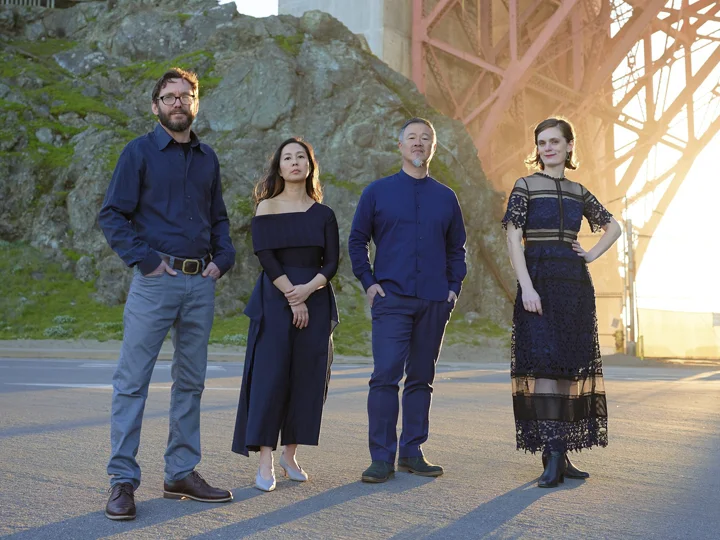I must have been in 1st grade or Kindergarten
when some kid said the “N” word in front of me
and I didn’t know what it meant but I wanted to find out
It kept rolling around in my head
What is it? A name? Is it a good name?
I said it out loud at home, and remember my Dad looked sad.
I must have been in 4th grade
when we had to take the Missouri Assessment Program (MAP) test
and to tell the state how smart we were
We also had to tell them what race we were
“Select One Answer” but I needed two bubbles to be honest
I asked my teacher “why can’t I fill in ‘black’ and ‘white’”
And she said “just fill in black”
and she looked sad.
In high school, I was on the swim team
My brother was on the swim team
We were both really good. We were both Varsity champions and captains.
Someone said, “I didn’t even know black people could swim”
another said, “well, you’re only good athletes because you’re black.”
I was sad.
I went to college, and was the only mixed student in the music department.
-Another time being One of The Only and this never has seemed to change even now-
I played saxophone in all of the top ensembles- I was first chair bari sax in every group we had. I earned that.
A guy I knew made black jokes all the time.
“you’re so white though”
“haha it’s just because you’re black though isn’t it?”
I slapped him across the face at a party once. Hard. I wasn’t even drinking
I was just so mad.
So mad.
I live in New York City now.
You can be whoever you want
You can be nobody
The anonymity of solitude
The fame of individuality
I love it.
Every day I’m myself.
Just a drop of creamy coffee
in the pantone of people here
I am comfortable. I am happier.
But, I read the news
I read what the things people I went to high school with are posting
And how “all lives matter” though so why are you complaining
And “well, he shoulda just listened to the cop and that wouldn’t have happened”
And needing to build a wall
And needing to take back our country
And needing to keep our guns
And needing to build up our police force
And needing to these thugs
I cry a lot when I read the news
So much hurting
Because of the bubble they’re asked to fill out on an exam form
Because someone forgot to use a turn signal
Because they “fit the description”
I can’t breathe.
I am sad.
I am black, I am white. I am both. I get to be both. I can choose. I could choose.
But who cares?
What does my mask entitle me to?
I’ve been followed around a store before
I got a DWB (driving while black) in summer once when I was really tan
A coworker said the “N” word a bunch around me but “oh, well I thought she was Mexican”
I was accused of “using the race card”
My opinions have been scrutinized
It matters to me what I feel
But it doesn’t matter- does the 1 drop rule still apply?
not dark enough to shout it from the rooftops but not white enough to be alright either so
just another day being One of The Only
America is a big place.
A lot of people live in it.
Some people understand everyone’s pain
And some people want “the good old days” back.
We should be able to choose individually
Who we wanna be/what we want to do/how we get to live
But as of late we haven’t been able to, and it gets summarized in the headlines:
Rich White Dude Raped a Woman and Went to Jail for like 20 Seconds
Poor Black Kid was Killed for No Real Reason.
Was killed.
So what do we have to say for ourselves, hm?
What do you have to say for yourself?
What do we even say?
“liking” and hash-tagging have helped some so far
I don’t even know if God is listening – white jesus maybe but
We keep saying all these things over and over
But what’s the use? What’s the truth?
Dead horse is done beat to death more and here we are kicking away at it
so what do we do? What can we say?
So what do you have to say for yourself?
What do I have to say for myself?
What do we even say?
Say it
Say it
Say it

